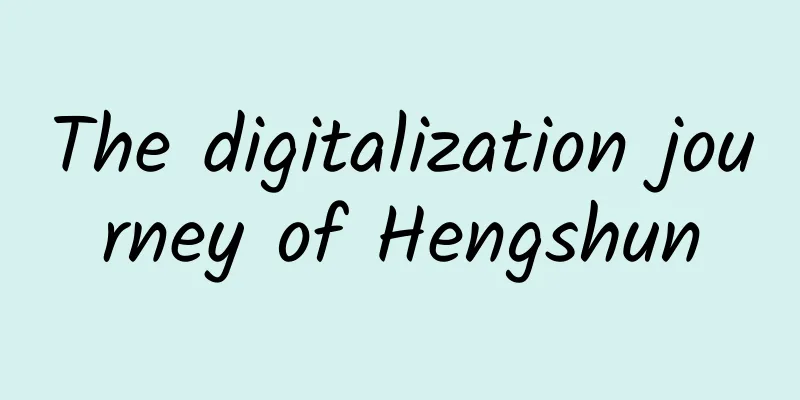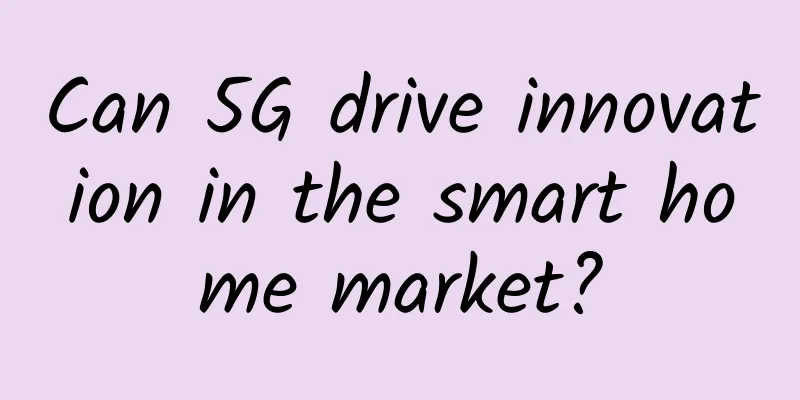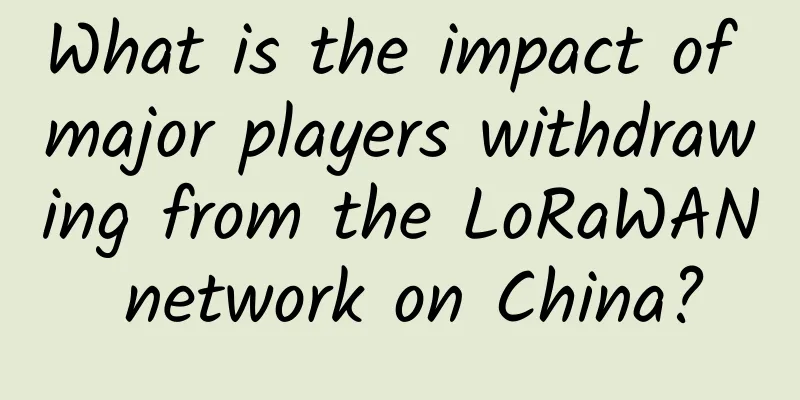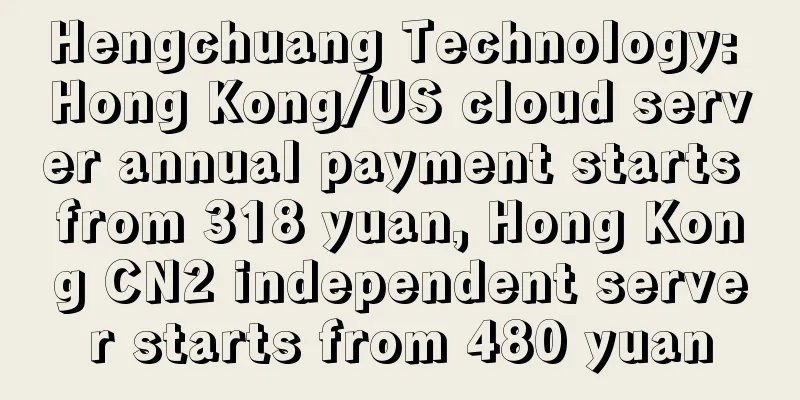UWB technology is so popular, but which application areas are most worthy of attention?
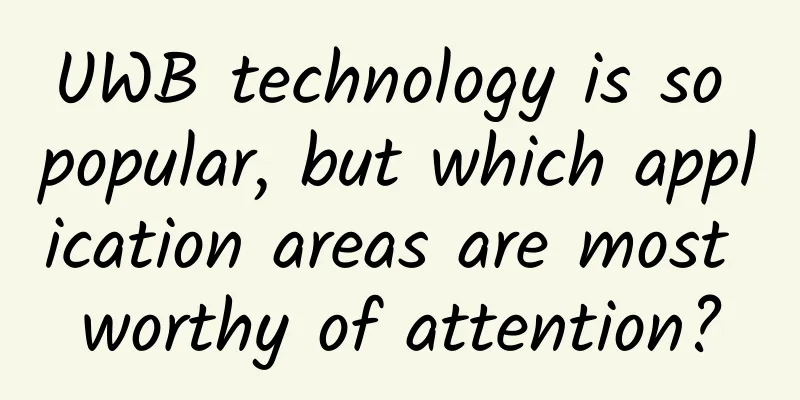
|
In the past one or two years, UWB technology has developed from an obscure niche technology into a hot spot in the market, and many people want to rush into this field in order to get a piece of the big market pie. However, what is the current application status of the UWB market? What are the main application fields at present? What are the fastest growing application fields? Which application fields will explode faster? What are the difficulties in expanding application fields? These are the questions that people who want to layout the UWB field want to know.
1. Application characteristics analysisAs a positioning technology, UWB has been used in the B-end market for more than 10 years, and in the past one or two years, its application in the C-end has also begun to gain momentum. Whether it is a B-end application or a C-end application, it needs to be based on value creation in order to be accepted by the market. Therefore, in this report, we summarize the market potential of various UWB applications from the dimension of value. The core capabilities of UWB technology are precise positioning and ranging. Of course, it also has communication functions. However, the current communication transmission technology is already very mature. If UWB wants to take communication transmission into consideration, it will sacrifice its positioning performance. Unless a small number of special projects need to use its communication capabilities, UWB is generally used as a positioning technology. Judging from the current market feedback, UWB as a universal technology can be applied to all walks of life, but which industries have greater market potential and higher acceptance of UWB is a question that people in all industries are currently paying close attention to. In this report, we divide the factors driving UWB commercialization into two main dimensions. The first dimension is the demand dimension, which can be divided into management demand and economic demand.The management demand is mainly that the main purpose of the application party (enterprise or individual) using UWB technology is to manage people and things. This aspect is also explained in the first chapter of this report. Management needs are also the most widespread needs for the use of UWB technology, including security management, personnel asset management, control management, object/direction-finding management, etc. Economic needs are mainly based on positioning technology, which can help companies achieve the effect of reducing costs and increasing efficiency. For example, in a factory scenario, production efficiency can be improved through the reasonable scheduling of personnel and machinery and equipment. Judging from the application results at the current stage, there are not many application fields that use UWB technology to improve economic benefits. Even if there is an improvement in economic benefits, it is difficult to quantify the value of UWB positioning solutions. More application scenarios are based on management needs. Of course, proper management can avoid losses to a certain extent, and even recover losses through insurance claims, which can be regarded as a kind of feedback to economic benefits. The second dimension is the driving force of the industry, which can be divided into policy and market driving force.Policy driving factors refer to direct benefits to UWB positioning technology through laws and regulations, or standards and specifications of certain industries. For example, in certain high-risk industries, such as chemical plants, coal mines/mining areas, construction, public security, procuratorate, courts, etc., there are relevant policy documents to promote UWB positioning technology, which enables it to be better implemented. Market driving factors refer to the industry's first-tier companies, especially giant companies, which spontaneously form organizations to promote this market based on the market's long-term optimism about UWB technology. Judging from the current market situation, in application areas where policies are strongly promoted, the implementation of applications will be clearer and more direct. Of course, among the market driving forces, the driving force of mobile phone giants such as Apple, Xiaomi, and OPPO cannot be underestimated. In order to more intuitively understand the demand for UWB technology in various applications, we have established a rectangular coordinate system. 2. Analysis of differences between B-side applications and C-side applicationsFrom the above table, we can find that there are obvious differences between the demands of the B-end and the C-end. The overall demand of the B-end is scattered, and there are many scenarios that can be used. The table only lists some common scenarios in this survey. Management demand is relatively strong, while economic demand is relatively weak; policy driving force is relatively strong, while industry driving force is relatively small. Some fields (such as coal mines, chemical plants, public security, procuratorial and judicial departments, etc.) are directly driven by relevant policies and regulations, and the market capacity is relatively small, and the degree of standardization is low. Among them, factories and hospitals/nursing homes are considered to have relatively large potential markets. For the B-end market, policy driving forces often play a leading role. Therefore, application markets with relevant policies such as coal mines/mining areas, public security, procuratorial and judicial departments, chemical plants, and power plants are more concerned. In addition to policies, scenarios with strong management needs and certain economic needs, such as factories and parking lots, also have high potential. The C-end market is relatively concentrated. This is a market driven by industry forces. Mobile phone giants such as Apple, Samsung, Xiaomi, and Huawei play a vital role in promoting this market. The market capacity is large and the degree of standardization is relatively high. However, whether the C-end market can explode or not depends on whether the user demand is rigid. At present, the C-end market is a "very attractive" market for the supply side, but it remains to be verified for the demand side. In addition to the dimensional analysis in the above table, we also summarize the advantages and disadvantages of UWB applications in the B-end market and the C-end market. The B-end market and the C-end market each have their own advantages and disadvantages. In summary, the C-end market is more imaginative, as can be seen from the currently hot UWB chip segment. In this survey, we found that almost all UWB chip manufacturers are currently targeting the C-end market because the volume of the C-end is large enough. Chip manufacturers compare UWB with Bluetooth and believe that in the future, UWB can become a standard feature of mobile phones like Bluetooth, and can also be adopted by hundreds of millions of smart hardware products. Although the B-end market does not have exponential growth of hundreds or thousands of times, and does not have a volume of hundreds of millions or billions, B-end projects are deployed on demand and can have real commercial value. Especially for solution providers, a project with thousands of base stations + tag deployment can bring in millions of revenues. The commercial value of B-end projects is also very broad. 3. UWB application market priority analysisUWB practitioners are all concerned about one question: with so many industry applications, which ones are more worth doing? Of course, the official answer is that every company has its own genes and areas of expertise, and if it does what it is good at well, it will be very successful. I believe that for many people, this answer is not satisfactory. This report classifies the current major application markets based on the previous analysis of different dimensions of various B-end and C-end applications, combined with factors such as market potential, market standardization, and the time of market outbreak.
We have classified the main application areas in the current UWB market into four levels: Source: IoT Media *illustrate: (1) The primary market consists of three main categories. The first is the mobile phone market. Currently, mobile phone manufacturers such as Apple, Samsung, Xiaomi, and OPPO have released UWB solutions. Although other mobile phone manufacturers have not yet announced their solutions, they are also actively planning. This market has a large volume and high standardization. The second is the automobile market, mainly car keys. This market is also large enough, with high customer concentration and strong demand. Finally, there is the industrial manufacturing market. Although industrial manufacturing is a B-end application and has the problem of poor standardization in the B-end market, its market volume is also large enough, and it can meet the management and economic needs of users at the same time. The demand fit is high. Combined with the current background of intelligent manufacturing, its potential is also considerable. (2) In the secondary market, smart hardware belongs to C-end applications. Theoretically, the market capacity of this field is larger than that of mobile phones, but the current market demand has not yet started, and the outbreak cycle will be relatively long. However, scenarios such as public security, procuratorial, judicial, coal mines, chemical plants, and power plants are B-end application scenarios with strong policy support. (3) In the tertiary market, although parking lots, transportation hubs such as airports/high-speed rail stations, hospitals/nursing homes, warehouses and other scenarios all have good market volumes, there are currently no clear policies to promote these industries. Without economic benefits, the industry's development speed will naturally be slow. () In the fourth-tier market, during our research, we found that some projects are in operation in scenarios such as construction, exhibition halls/museums, and sports/event performances. However, the market is more fragmented, and there is a lack of economic demand and policy impetus. It is only used in some projects due to customized needs. In addition to the application scenarios listed above, UWB has many other application scenarios, such as the management of hazardous chemicals in universities/research institutes, autonomous driving in closed parks, personnel management in farms, etc. Although they are not yet large-scale, the combined market is not small. |
<<: Tencent Interview: Do you understand process communication?
>>: Today, China’s 5G is two years old!
Recommend
What does Wi-Fi bring to Matter’s push for home IoT?
As Matter’s foundational technology, Wi-Fi can he...
Baisiyun: San Jose, USA/Germany AS4837 monthly payment starts from 26 yuan, San Jose AS9929 monthly payment starts from 39 yuan
Baisi Cloud (idc.best) is a new Chinese hosting c...
Akamai Launches Prolexic Network Cloud Firewall
April 25, 2023 – Akamai Technologies, Inc. (Akama...
What you don’t know about 5G
Having said that, the 5g era has been here for tw...
If you want AI, come to Chongqing Smart Expo! Huawei brings two "magic weapons" to in-depth exchanges on the intelligent industry
[51CTO.com original article] On August 23, the th...
Why is CDN technology essential to building the foundation of the metaverse?
The speed and convenience brought by the Internet...
Introduction to MQTT protocol, MQTT is the standard messaging protocol for IoT (everyone in IoT must know)
MQTT (Message Queuing Telemetry Transport) is a &...
The slowdown in 5G construction is not a problem, 5G application is the key
China Mobile said that the bidding in July has be...
Ministry of Industry and Information Technology: 160 million terminals have been connected to 5G networks
On October 22, at a press conference held by the ...
New in Los Angeles CN2 GIA/Japan SoftBank special price starting from $93 per year
BandwagonHost has launched a SPECIAL 40G KVM PROM...
6G in 2030: The panacea for enterprises is here again
While 5G is still positioned as a “near-term” gam...
Are you still worried about the slow WiFi? There are five pitfalls behind it
The Internet of Everything makes network communic...
Summary information: HostMem/51Cloud/Qingyun Internet/TTcloud/Asia Cloud/Qimi Cloud
July is already halfway through, and the hot summ...
Ministry of Industry and Information Technology: We must seize the opportunities of global 5G and industrial Internet
On February 1, the Ministry of Industry and Infor...
How network segmentation strategies work with SD-WAN
Software-defined WANs (SD-WANs) have sparked a re...





